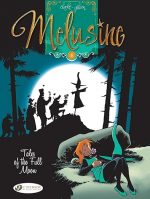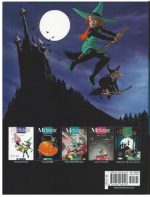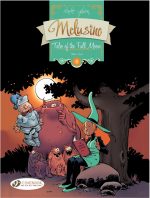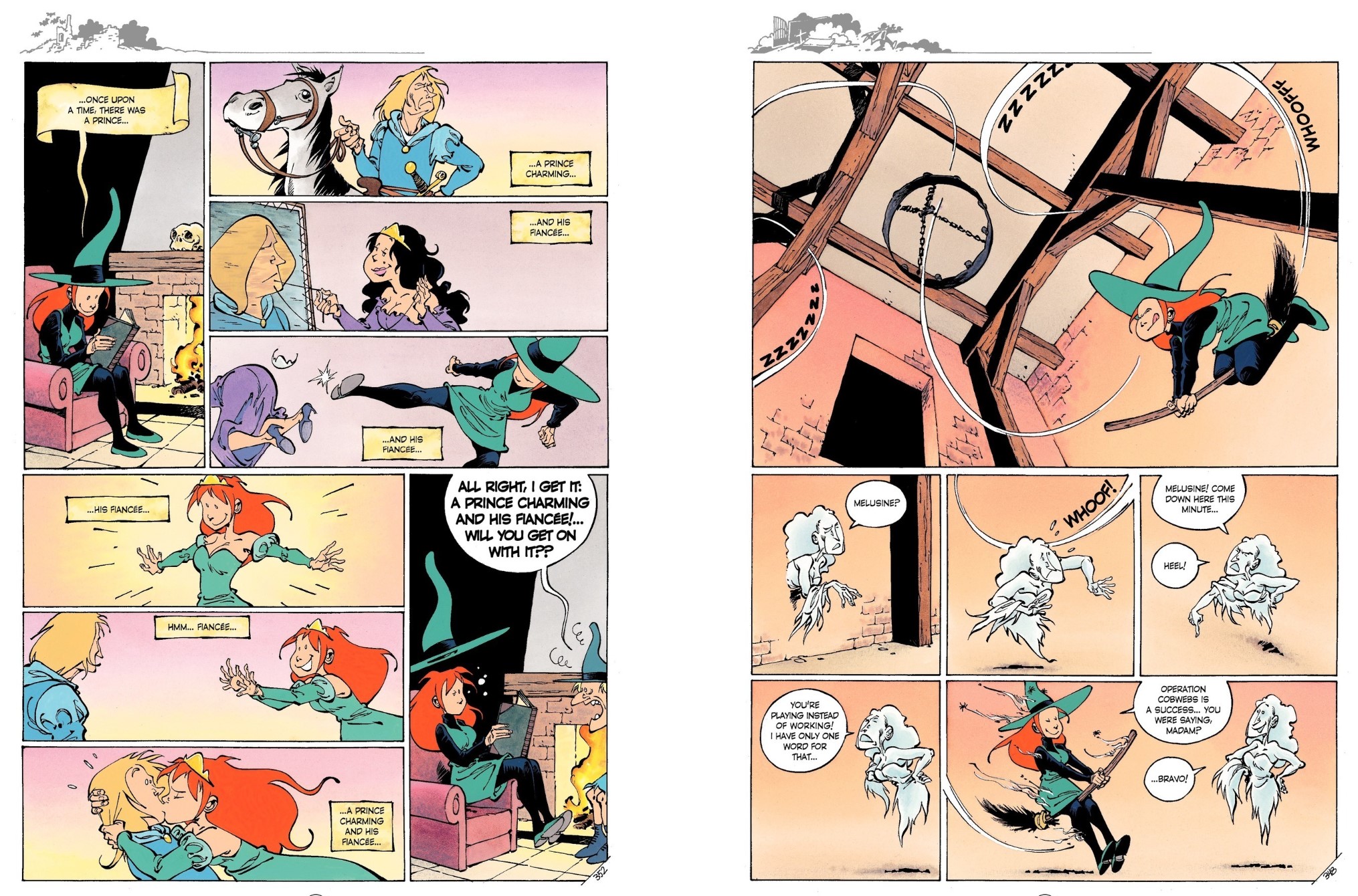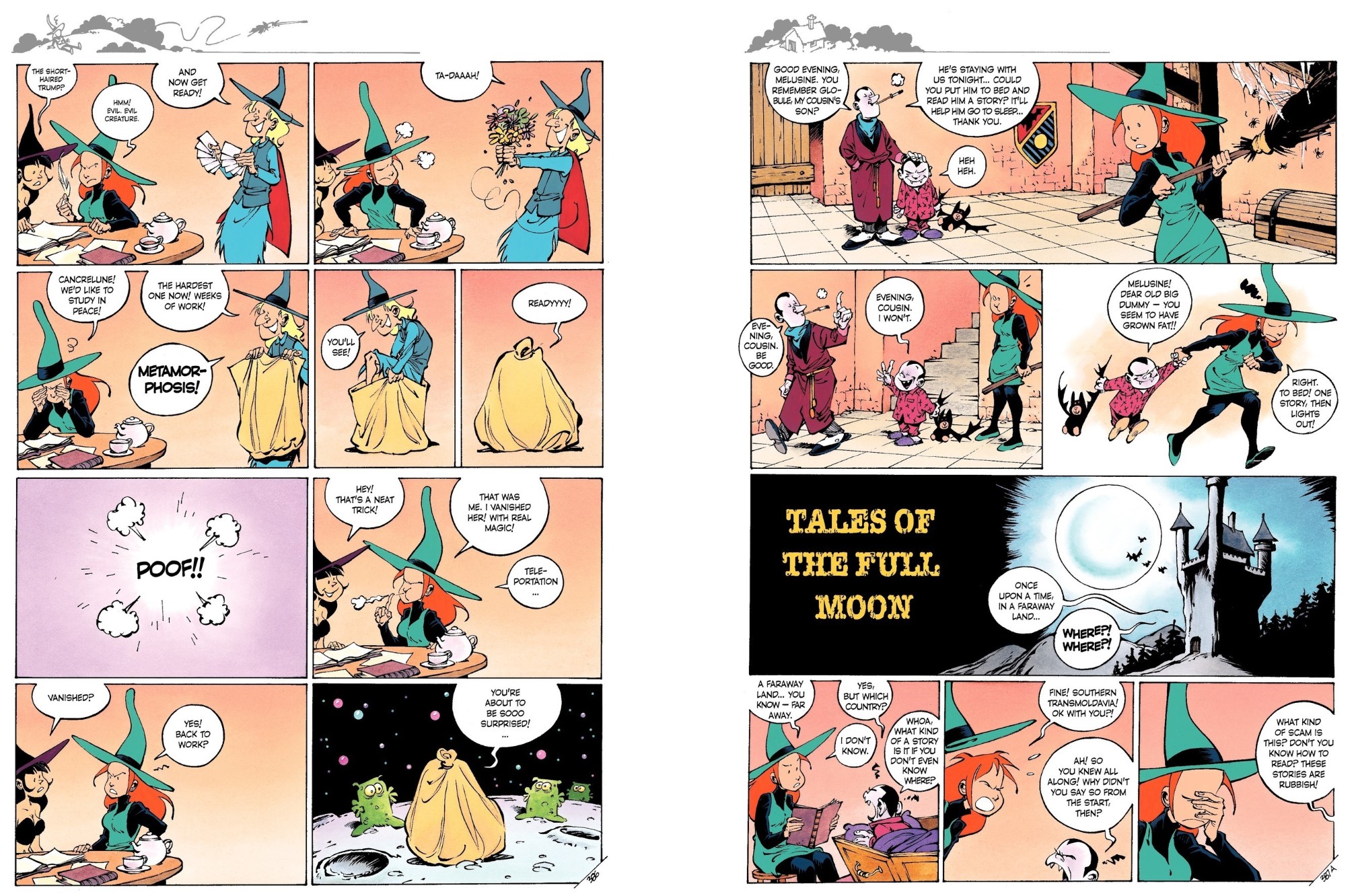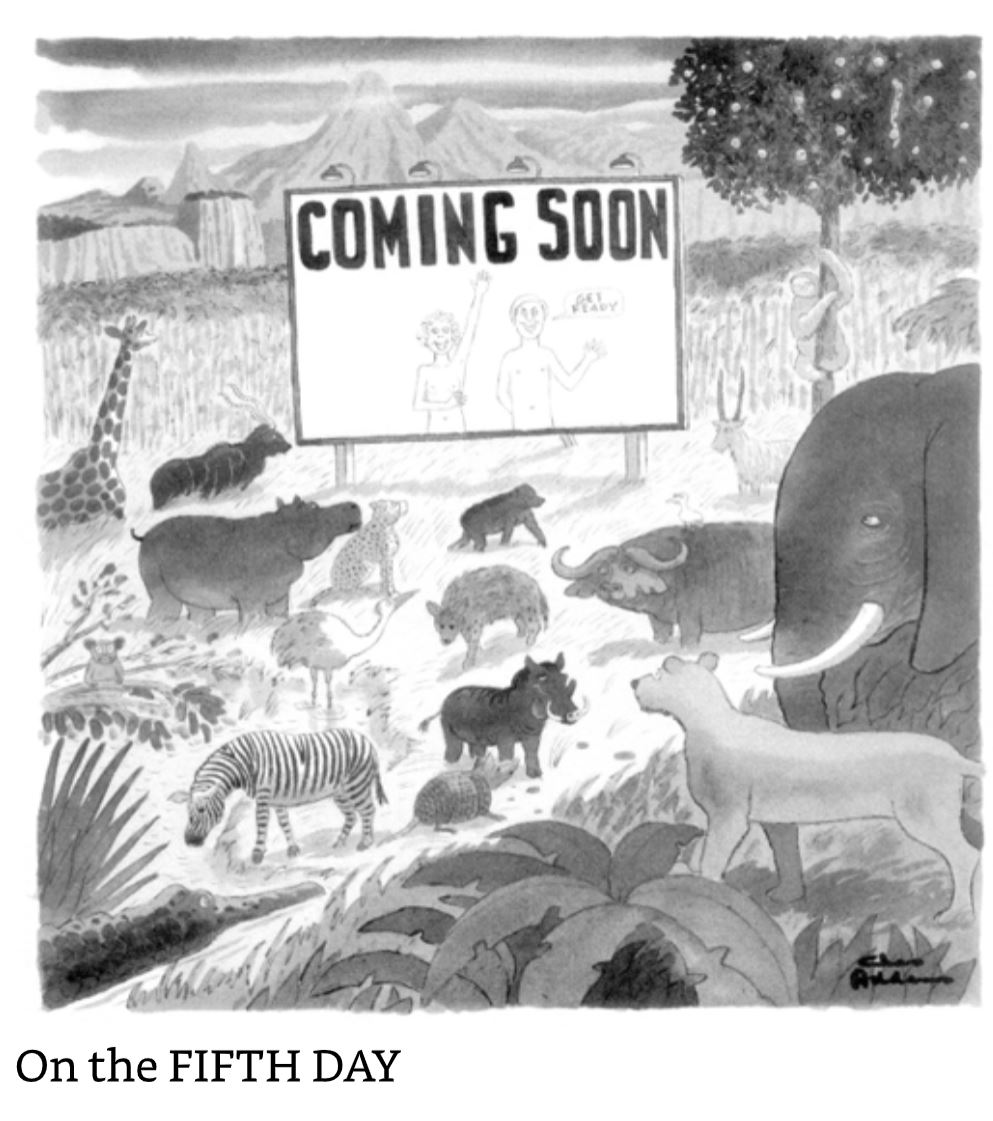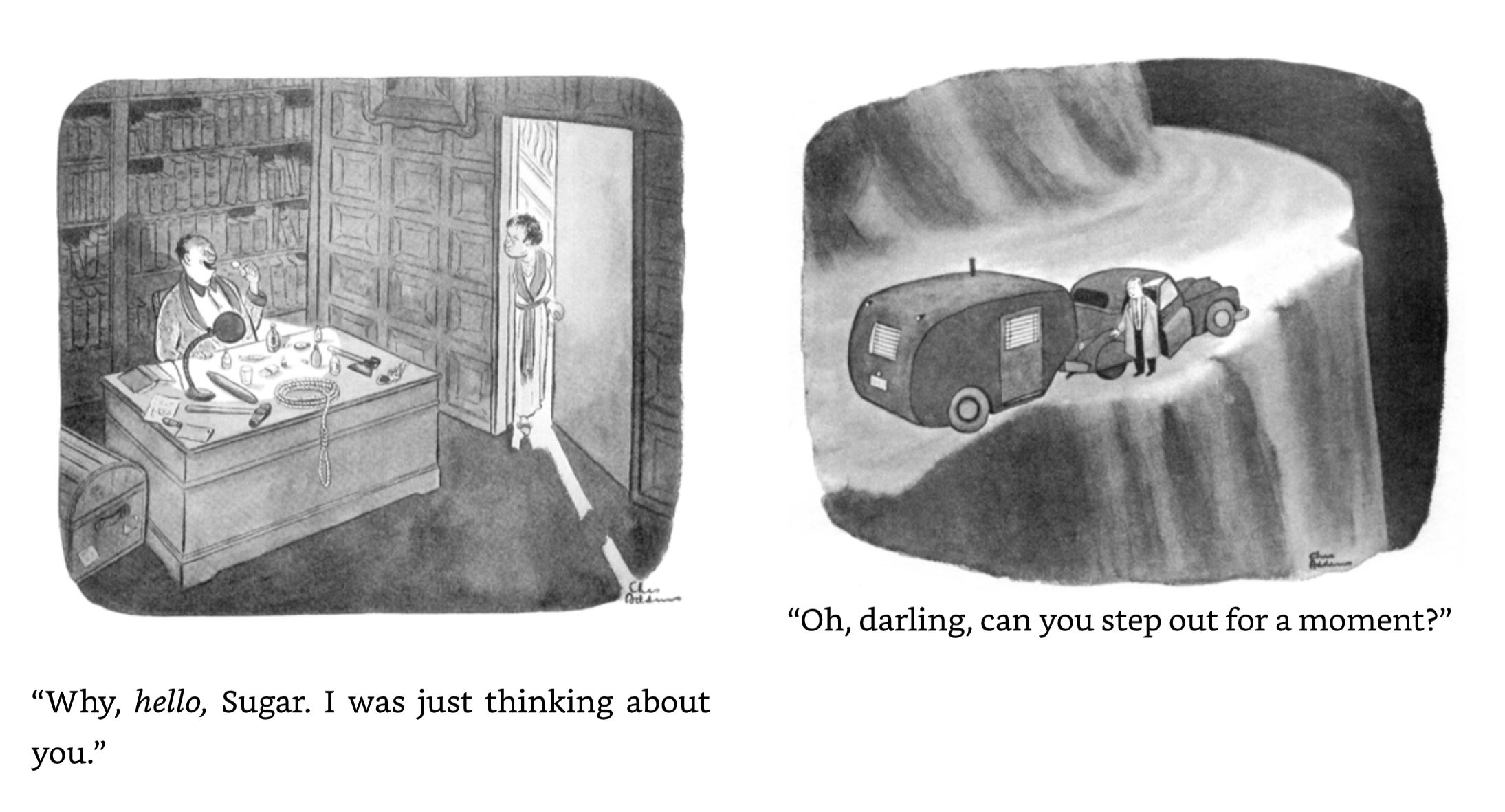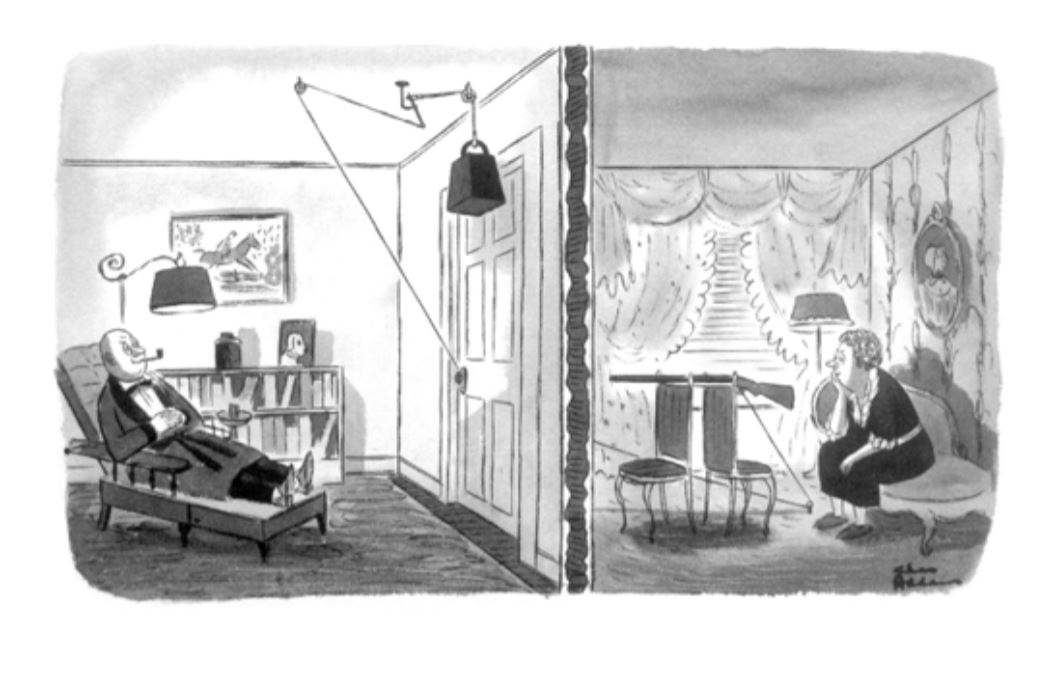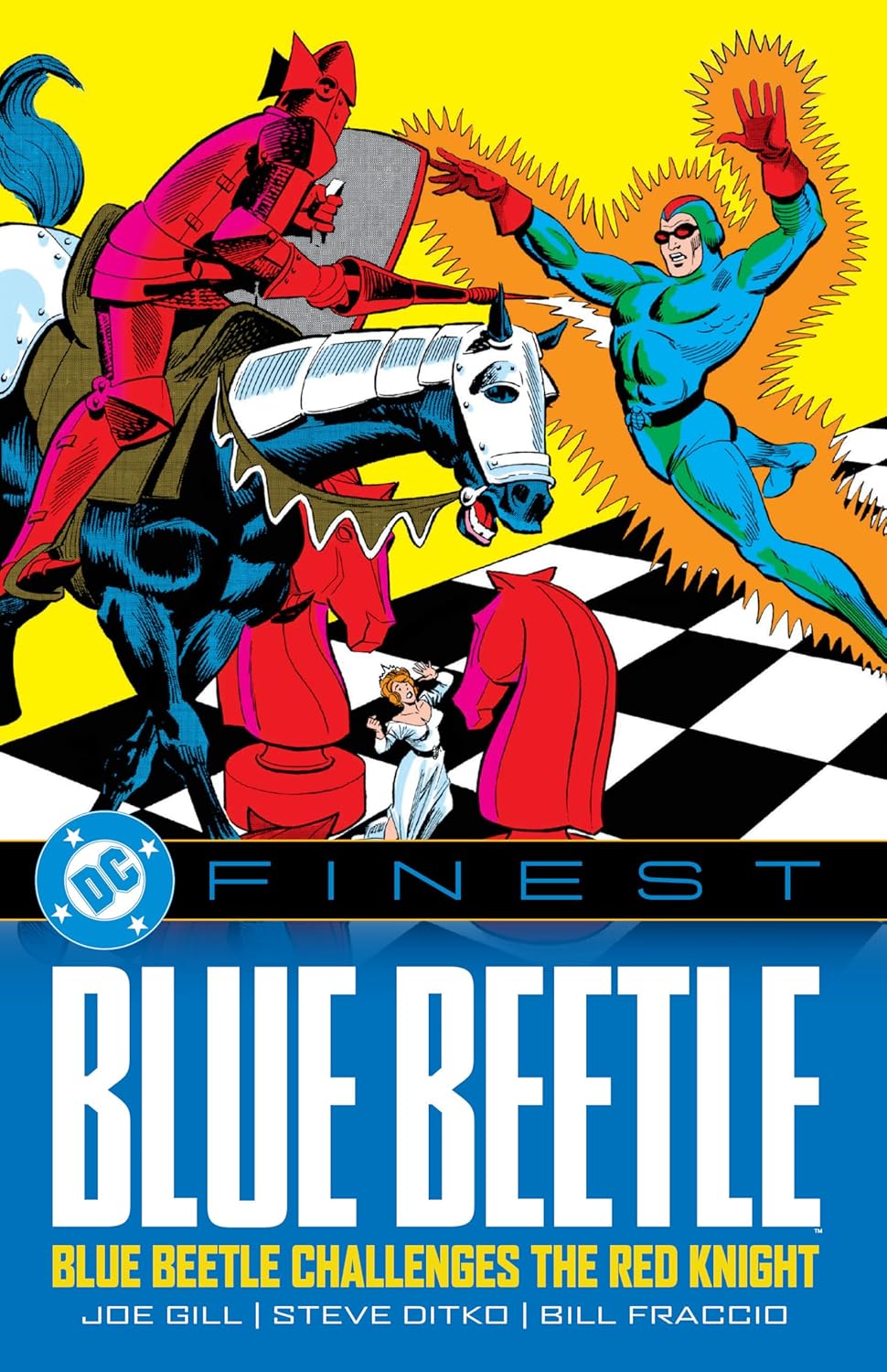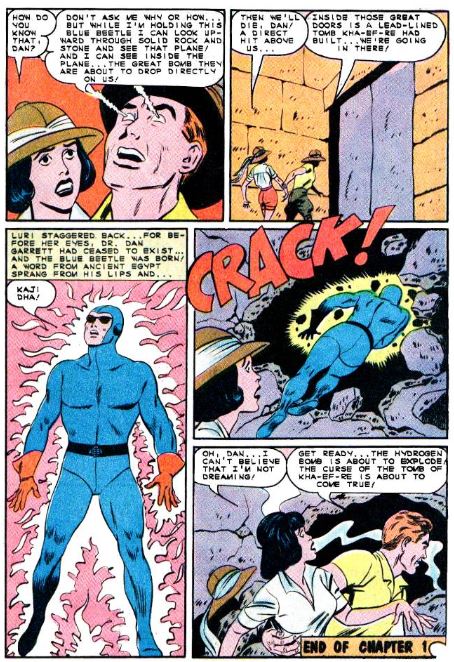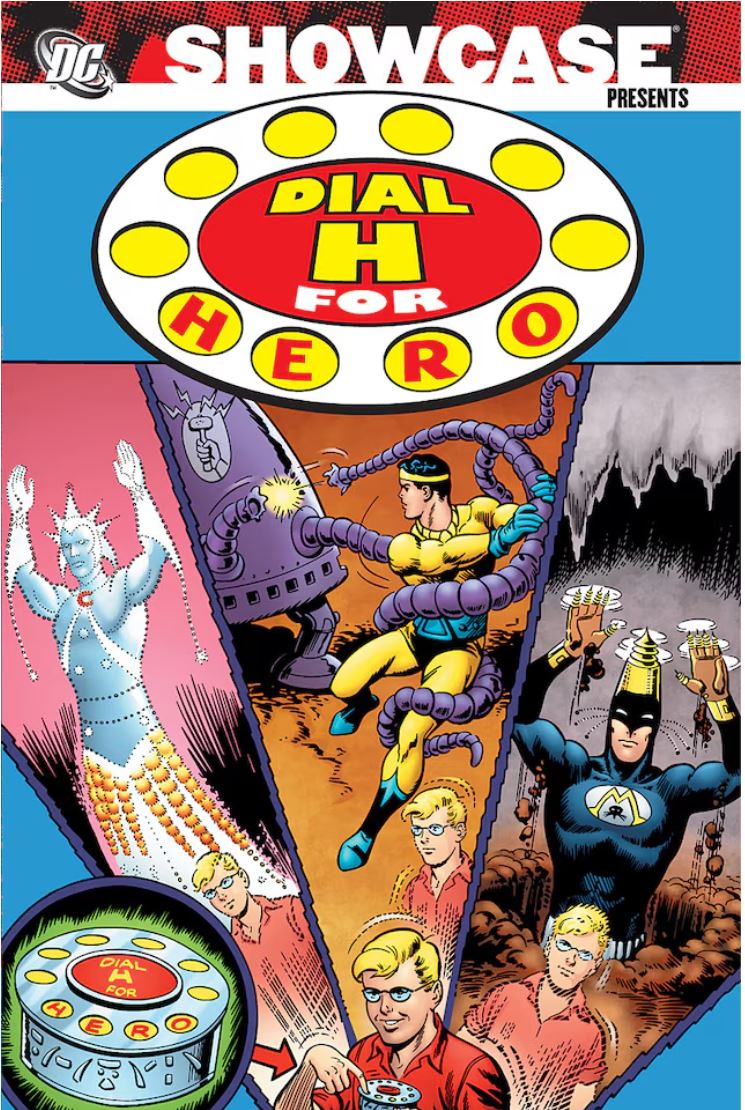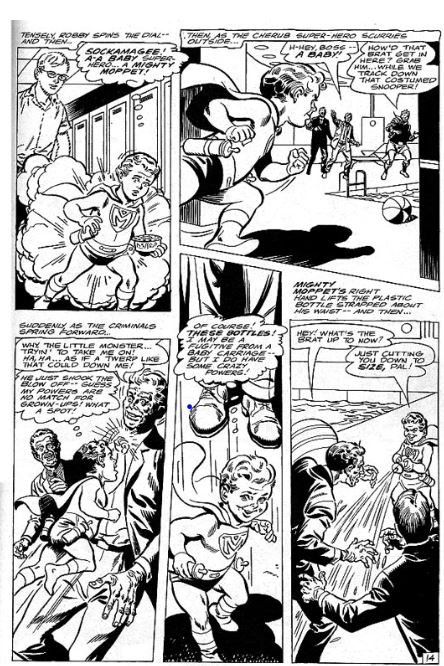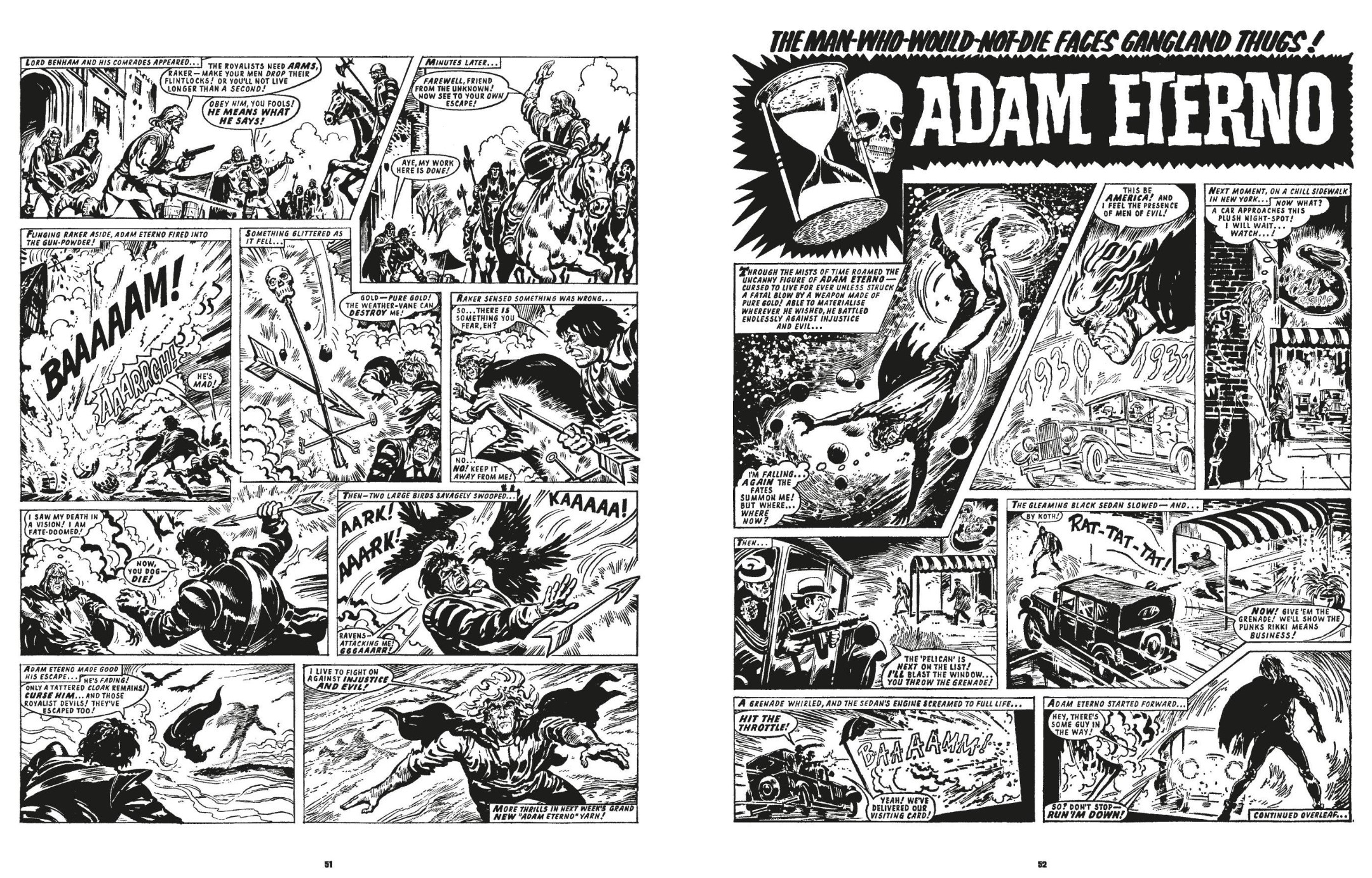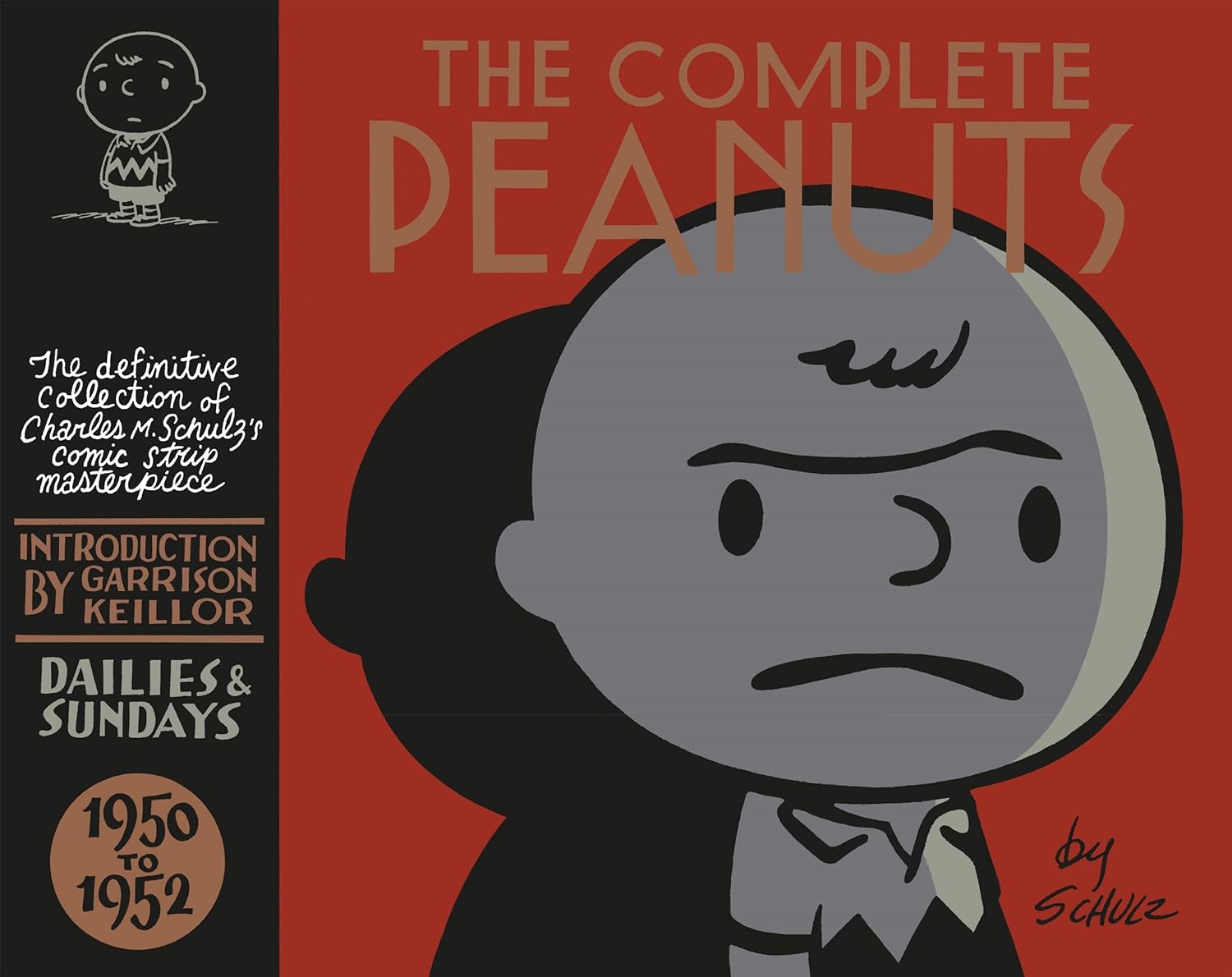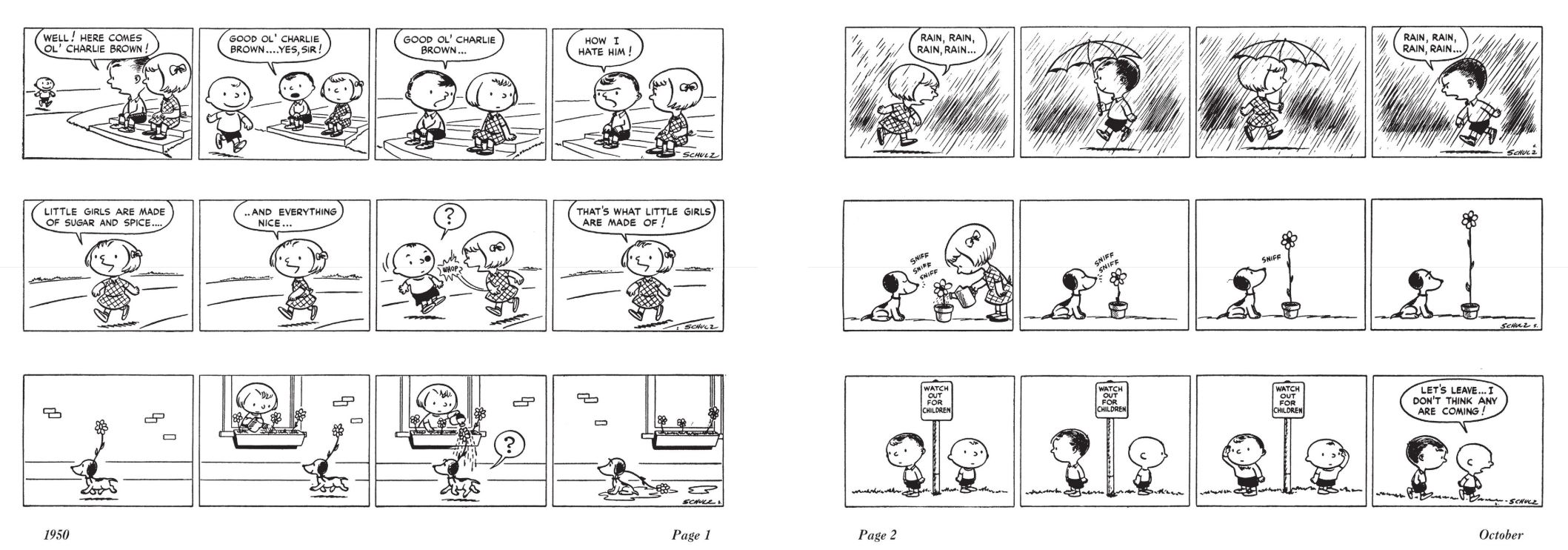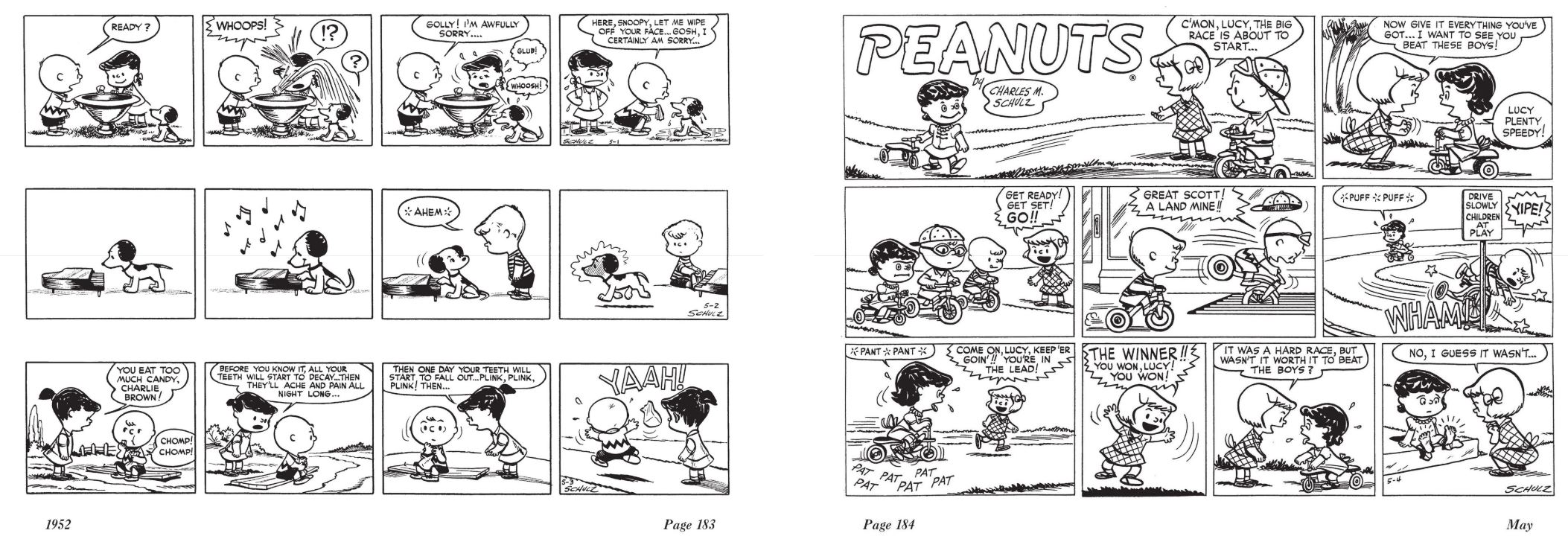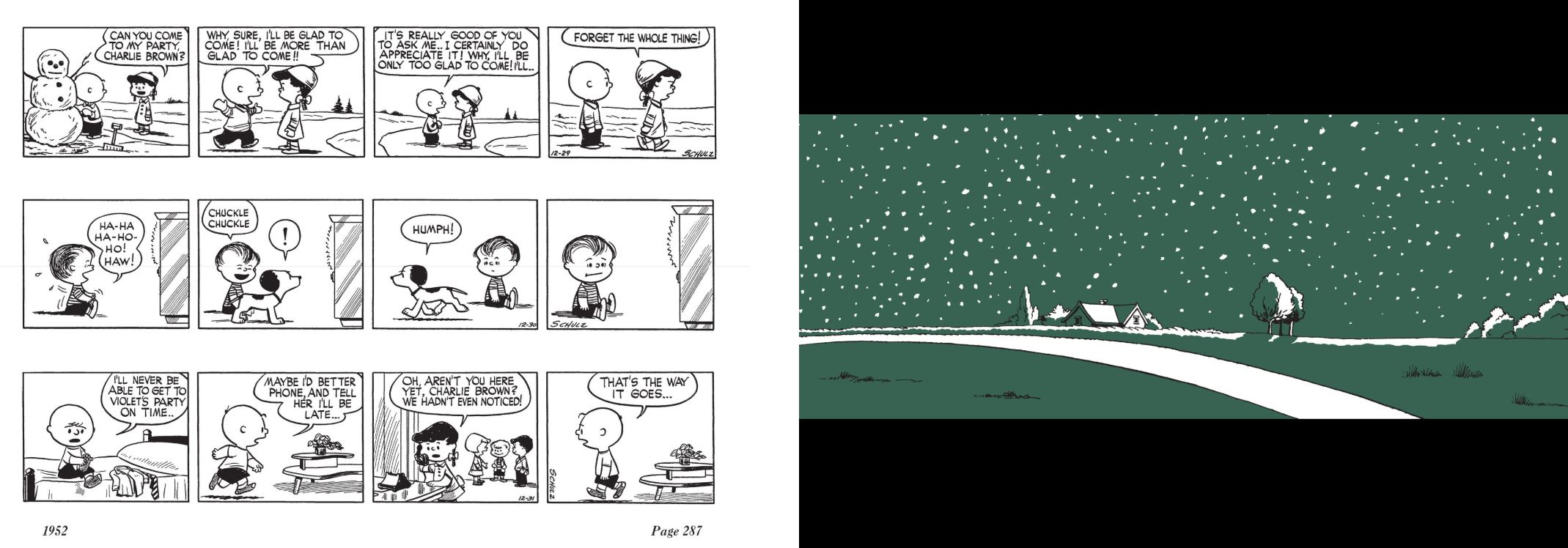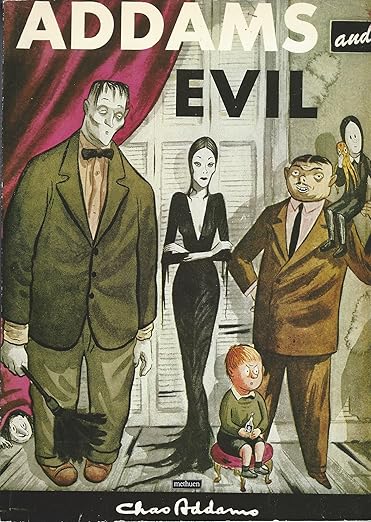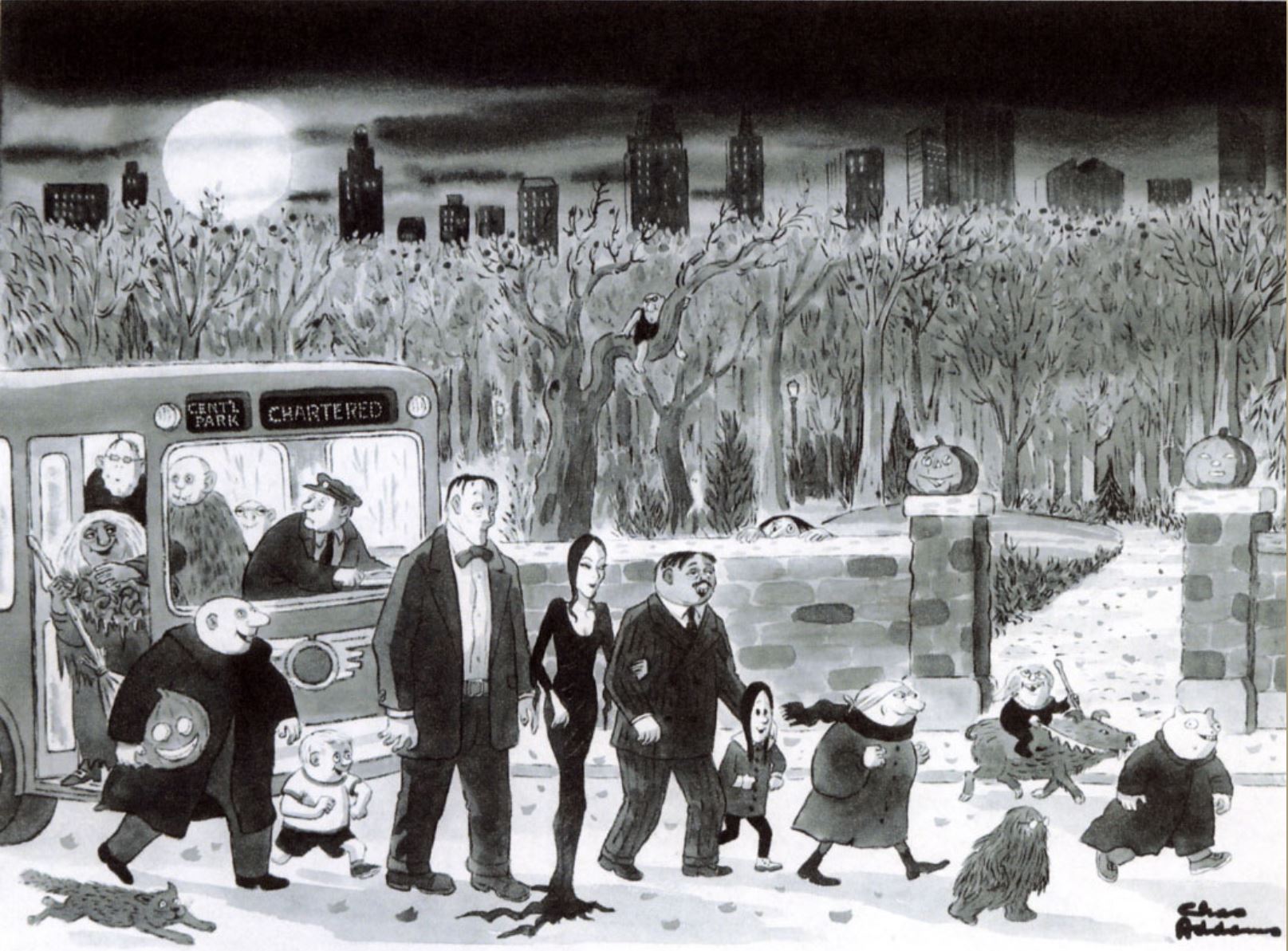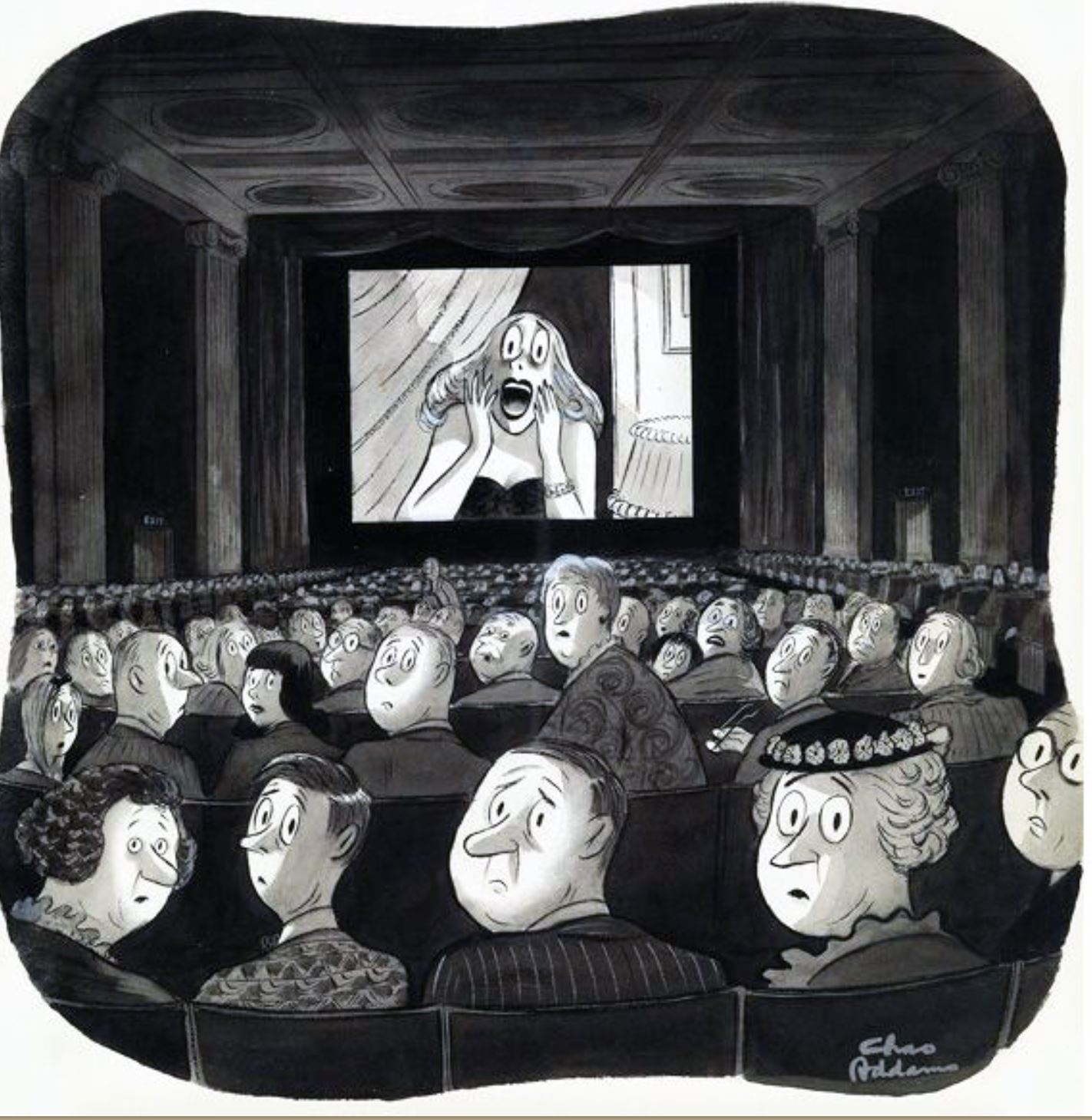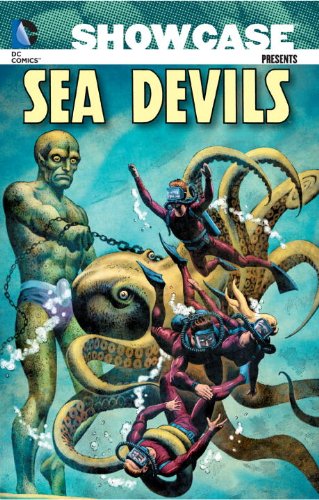
By Jamie Smart, with Sammy Borras, Paul Duffield & Armin Roshdi (David Fickling Books)
ISBN: 978-1-78845-327-1 (Digest HB) 978-1-78845-387-5 (Waterstones Exclusive Team Bunny Edition) 978-1-78845-388-2 (Waterstones Exclusive Team Monkey Edition)
Win’s Christmas Gift Recommendation: Because… Just Because… 10/10
Bunny vs Monkey has been the inspirationally bonkers breakout star of The Phoenix since the first issue in 2012: recounting a madcap vendetta gripping animal archenemies set amidst an idyllic arcadia, masquerading as more-or-less mundane but critically endangered English woodlands. Concocted with gleefully gusto – but increasingly with cerebral cosmic crescendo in mind – by cartoonist/comics artist/novelist Jamie Smart (Fish Head Steve!; Looshkin; Max and Chaffy, Flember, Find Chaffy), these trendsetting, mind-bending yarns have been wisely retooled as best-selling graphic albums available in remastered, double-length digest softcover and hardback editions such as this one. All the tail-biting tension and animal argy-bargy began yonks ago after an obnoxious little beast plopped down in after a disastrous British space shot. OR DID IT?
Crashlanding in Crinkle Woods – scant miles from his launch site – lab animal Monkey believed himself the rightful owner of a strange new world, despite every effort of genteel, contemplative, reasonably sensible forest resident Bunny to dissuade him. For all his patience, propriety and good breeding, the laid-back lepine could not contain or control the incorrigible idiot ape, who to this moment remains a rude, troublemaking, chaos-creating, noise-loving lout intent on building his perfect “Monkeyopia” and/or being a robot, with or without the aid of evil supergenius Skunky or tagalong useless “henches” Metal Steve and Action Beaver…
Daily wonders and catastrophes were exacerbated by a broad band of unconventional Crinkle creatures, none more so than monochrome mad scientist Skunky, whose intellect and cavalier attitude to life presents as a propensity for building dangerous robots, bio-beasts and sundry other super-weapons. He is, at his core, a dangerously inquisitive thinker and tinkerer…
Here – with artistic fiddling about from design deputy Sammy Borras – the war of nerves and mega-ordnances resumes as if nothing cosmic or multiverse-changing had ever happened or any hint of a restart after a cosmic culmination. See, that’s what happens if you let books pile up and don’t read them immediately! Go check out Bunny vs Monkey: The Great Big Glitch! and then come back and we’ll talk some more…
Okay then, new day, new start, same old mega mecha meta nonsense as ‘Clouding Over’ sees a suspiciously low-lying cirrus formation starts dumping rain and then increasing more noisome and noxious substances on the woodsfolk in what appear to be targeted strikes. Could there possibly be some kind of intelligence behind the atmospheric attacks?

With propriety and good taste in full retreat, the sensorial assaults resume in ‘Guts n’ Butts!’ as Monkey and Skunky debate the appalling assets and proposed “improvements” to the weaponised flatulence engine dubbed Bungamungus with no consideration of those in its path prior to the simian unleashing his own worst nightmare. The giant ‘MonkeyBot 5000’ is supposed to make life hell for his fluffy white foe, but it appears Bunny can find plenty of uses for a mechanised personal organiser that can bench press trucks, topple buildings, file and colour co-ordinate…
Reality trembles all over again when Monkey’s ‘Mum and Dad’ pop by for a visit and nice bit of tea, but nature’s innocents Weenie and Pig Piggerton are too busy having adventures with ‘Frogs!’ and their mystical king to really notice, whereas ‘Lucky… The Unluckiest Red Panda in the World!!’ stumbles into unbridled chaos (as always) when Skunky & Monkey decide to go through the forgotten inventions bin…
Worried about declining productivity, the sinister science sinner uses his 3D printer to unleash a horde of ‘Fun-Size Skunkies’ who are anything but, before Bunny learns where all the wreckage, rubbish and remains go when the latest catastrophe has finished unfolding. Sadly, there are good reasons nobody wants to see ‘Binbag Sam’ carry out his nasty but necessary job…
Always seeking peace and serene contemplation, mysterious Le Fox has found a wilderness to dig in, but when Monkey comes by and discovers gold in ‘Them Thar Hills’ that’s another dead dream, and only a prelude to planet-shaking events when Skunky’s new signal array test coincides with Monkey’s latest eating challenge. ‘Message in a Butthole’ reveals how – after, inevitably – a monumental foofie erupts across the universe, the consequences will be appalling but not at all unexpected…
In a fabulous tribute to Chuck Jones cartoons ‘Monkey vs Ai’ sees the annoying ape test a bunch of inventions that should work “in theory”, before going back to stinky basics with a cheese cannon. Sadly, the anticipated Cheesepocalyse is derailed by ‘The Turning of the Pig’ as pacifistic Piggerton reaches a limit and shows the monkey miscreant just what it all feels like…
‘Buzzing Off’ finds Skunky testing ways to end the really annoying fly suit he built for his partner in chaos and then hiding along with everyone else in ‘Who’s Afraid of the Monkey’ when the simian simpleton gets really, really hungry. Eventually sated, the little sod resumes pranks and pestiferations with a giant robot in ‘Close Encounters of the Bird Kind’. Remember that olfactory beacon blasted across infinity? This is the moment something answers that unique call…
Suddenly, in ‘You Looking at Me?’ Crinkle Woods are alive with alien weirdoes, but it’s just Skunky messing about with quantum physics and nothing to do with Monkey, because he’s currently hurtling to the other side of the Universe, testing to destruction the super-high-tech toilets of the extraterrestrials who abducted him…
He can’t be blamed for the astonishing void discovered by Pig and Weenie prompting the chilling question ‘What Lies Inside… the Hole?!’ or sensible but naïve robot Metal E.V.E.’s attempts to balance out Lucky’s cosmic misfortunes in ‘What Luck Befalls’ or even Metal Steve’s crisis of confidence and inexplicable desire to ‘Destroy’ because Monkey is currently spreading his brand of chaos while ‘Hitching a Ride’ on the ship of judgemental civilisation eradicating superior being Grand Master Nexus…

Meanwhile on Earth, Skunky discovers the missing co-miscreant has left his life unfulfilled and dissatisfied and switches to a copy to serve his unsuspected emotional needs. ‘Little Monkey’ is wild, bitey, uncommunicative, un-potty-trainable and disgusting… such an improvement on the original! Enjoying his fresh start the evil inventor unleashes ‘A Clever Endeavour’ in the compulsive form of a malign puzzle box that baffles and bamboozles everyone – except the mini monkey who might just be the smartest thing in the woods now…
Pig’s penchant for peculiar pets sees the adoption of Blue-bummed Bimblebug ‘Parpy’ but the critter’s 24-hour lifespan brings near-instant woe, This leads to the advent of colossal hermit savant Capybara 5000 whose answers to all the ‘Big Questions’ are surprisingly violent. That search for truths culminates in sage advice ‘Run!’ before calm returns with Pig exploring wild water rafting and Le Fox confronting increasingly sinister Little Monkey in ‘The Happiness of the Kitsune’…
In another beleaguered solar system Monkey is slowly wearing down Nexus and his minions, before accidentally warping them all back to Earth to enjoy a spontaneous battle of ‘Rather Big Lasers’ with Skunky. When that eradicates the mastermind’s secret underground lair all Skunky can think of is ‘Revenge’. With Little Monkey in tow the genius goes ‘On the Hunt’ in a unique battleship, pursuing ‘Space Wars’ even as his hirsute former best-buddy seizes control of the Nexus craft and drives it into ‘A Hella Interstellar Yeller’…
Marooned on a muddy morass world, Monkey establishes his dream of a dictatorship. Sadly, ‘Chutneyopia’ is right next to the equally barren planet Skunky crashed on and war is declared as the newcomer demands an apology that just won’t be forthcoming…
Moreover, when Skunky took off after Monkey, most of Crinkle Wood went with him and as Bunny ruminates on ‘The Intergalactic Adventures of Weenie and Cinnamon Bun Pig!’ plans are underway to terraform the barren planetoid into ‘A New Home’ unfortunately undertaken by ‘Even More Skunkies’…
With the enemy busy converting Chutneyopia into his other, better dream of Monkeyopia, ‘A New Plan’ is needed, but the still active Grand Master finally concedes that its superior mentality and firepower are no match for the annoying Earth ape. With its minions in revolt and resolved to blow up Earth, there nothing left for Monkey to worry about ‘Apart from the Bomb’ that’s going to end his grotty mucky dream world…
What better time for a reconciliation with Skunky?
Back on Earth, other Crinkle Wood critters have briefly enjoyed their time of growth and limelight in ‘Not Bunny vs Monkey’ but the likes of Stan Stoat and Randolph Raccoon are helpless when the minions start blasting. As Monkeyopia becomes a vast spaceship, Skunky begins his ‘Race to Save the World’ with his secret weapon Little Monkey but the outcome is never certain and our heroes all decide they’re ‘Best Off Out of It’, leaving a monumental deus ex machina to sort everything out…
Wrapping up these sidereal shenanigans and cosmic bum gags are related activities offered under the aegis of the Phoenix Comics Club. Bring paper, pencils and you to a compact online course in all aspects of comic strip creation supervised by Jamie Smart & Armin Roshdi detailing ‘How to draw King Frog!’, ‘A Bungamungous!’, ‘Capybara 5000!’ and ‘An Alien!’ before closing with an extensive plug for the aforementioned Phoenix Comics Club website complete with instant access via a QR code, plus previews of other treats and wonders available in The Phoenix to wind down from all that cosmic furore…
Another book for your kids to explain to you, the zany zenith of absurdist adventure, Bunny vs Monkey is weird wit, brilliant invention, potent sentiment and superb cartooning all crammed into one eccentrically excellent package. These tails never fail to deliver jubilant joy for grown-ups of every vintage, even those who claim they only get it for their kids. Is that you?
Text and illustrations © Fumboo Ltd. 2025. All rights reserved.
Today in 1926 Joe Sinnott was born. His inking made Fantastic Four impeccable and unmissable, but if you fancy seeing his pencilling mastery you should see Mighty Thor Omnibus volume 1.
Back in 1954 UK preschool comic milestone Playhour began its 1700+ issue run.

